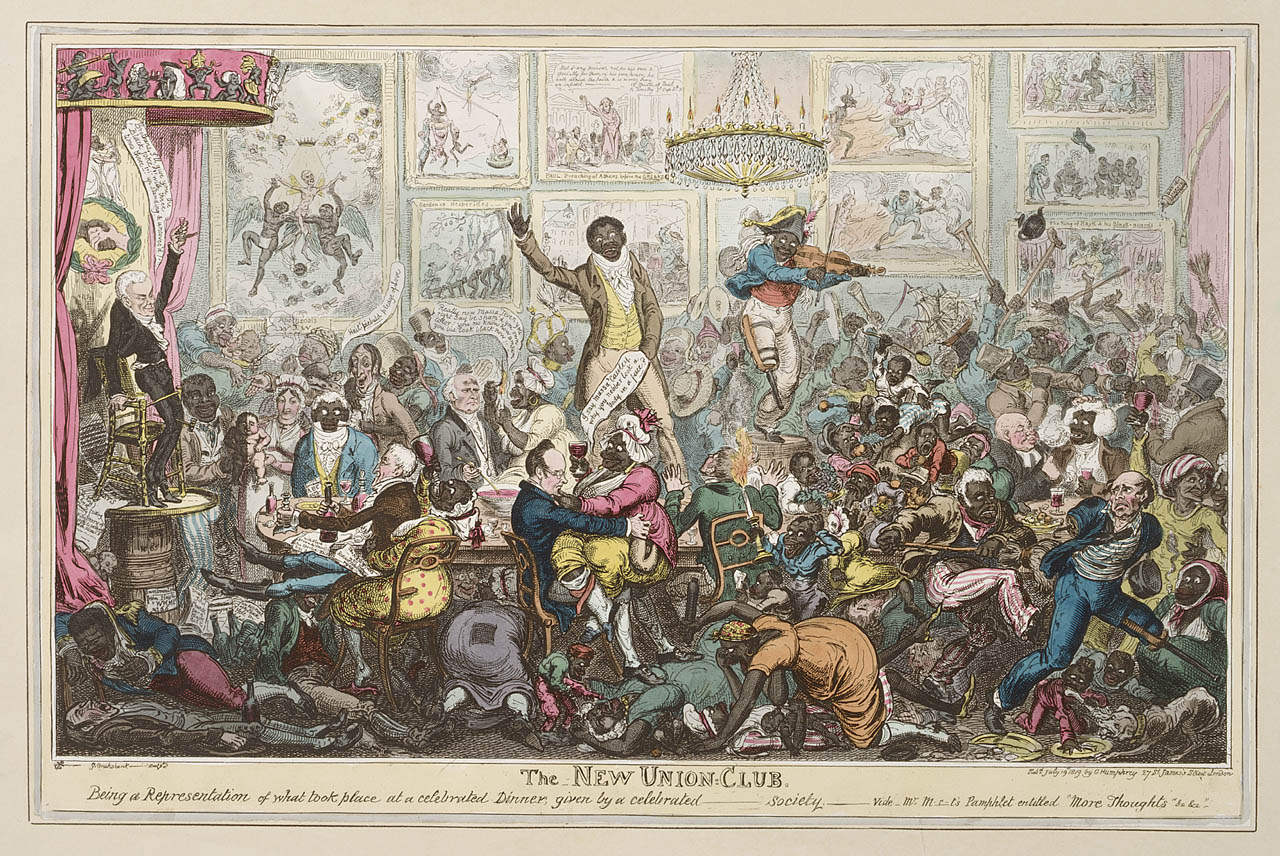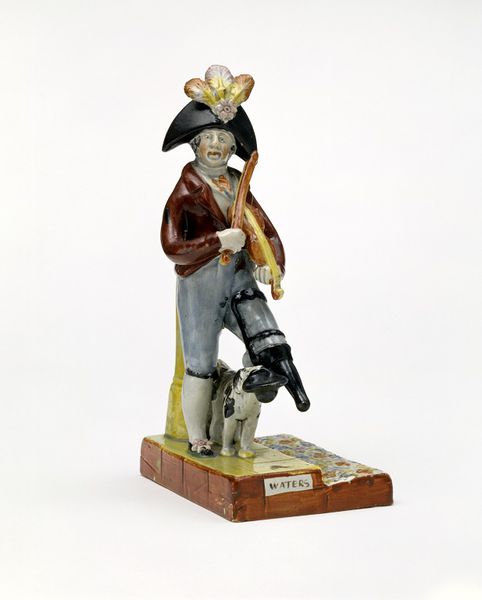






https://wellcomeimages.org/indexplus/image/V0007298.html
-------------------
From Hodgsons Cries of London. 1824.
Published by C. Reynolds, after Thomas Lord Busby.
Lithograph, early 19th century.
241 mm x 169 mm paper size.
From The True History of Tom & Jerry: or, Life in London. Pierce Egan.
Unknown artist.
glazed earthenware, circa 1840
8 1/2 in. x 3 1/8 in. (216 mm x 80 mm) overall
NPG
Thos. Kelly, March 1822.
Aquatint with watercolour,
image 10.7 x 18.2 cm.


A full-length portrait, slightly to the left, showing Waters
wearing a red waistcoat (with a pipe? in the left pocket), white shirt, yellow
neckerchief and dark trousers, with a leather belt about his waist. His left
hand is on a walking stick, which supports him; a false leg is strapped to the
stump of his right leg. The background is painted gold. Billy Waters
(c.1778–1823) was born in America during the War of Independence. He was a
sailor and lost his right leg as a result of falling from the topsail yard of
the 'Ganymede'. Unable to serve at sea, he became a famous London street
entertainer and was often to be seen busking with his fiddle to support his
family. Waters featured in Pierce Egan’s 'Life in London' (1820–21) and was one
of the characters illustrated by George Cruikshank. Indeed, Waters appeared in
several Cruikshank cartoons, including 'The New Union Club' (NMM, ZBA2498).
When Egan’s book was adapted into a play and performed at the Adelphi Theatre,
Waters – who had been busking outside – was invited on stage to play himself.
He repeated the performance at the Caledonian Theatre in Edinburgh. Waters
ended his days in St Giles’s Workhouse, having fallen ill and been forced to
pawn his fiddle. He was elected ‘king of the beggars’ shortly before his death.


Thus poor Black Billy's made his Will,
His Property was small good lack,
For till the day death did him kill
His house he carried on his back.
The Adelphi now may say alas!
And to his memory raise a stone:
Their gold will be exchanged for brass,
Since poor Black Billy's dead and gone.